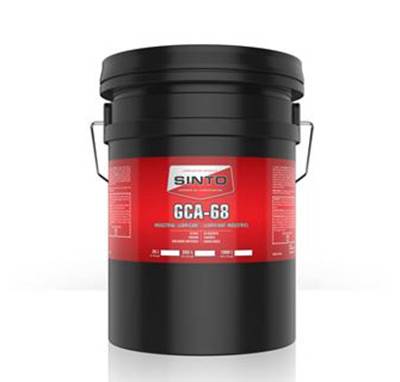វិច្ឆិកា . 30, 2024 10:41 Back to list
drain pipe fittings
Understanding Drain Pipe Fittings Types, Functions, and Importance
When it comes to plumbing, drainage systems play a crucial role in maintaining the hygiene and functionality of our homes and buildings. At the heart of these drainage systems are drain pipe fittings, which are indispensable components that ensure water flows efficiently and effectively away from our living spaces. This article delves into the various types of drain pipe fittings, their functions, and why they are essential for any plumbing system.
What are Drain Pipe Fittings?
Drain pipe fittings are specialized connectors used to join lengths of pipe, smooth out changes in direction, and transition between different pipe sizes. They come in various shapes and sizes tailored to meet specific plumbing needs. Common types of drain pipe fittings include elbows, tees, couplings, and traps. Understanding these fittings is key to optimizing your plumbing system.
Types of Drain Pipe Fittings
1. Elbows Elbow fittings are designed to change the direction of the piping system. They come in two primary angles—90-degree and 45-degree—allowing for bends in the piping to navigate around obstacles or to connect different sections of pipes.
2. Tees T-shaped fittings, commonly referred to as tees, enable the branching of a drainage system into two directions. They are especially useful in creating secondary lines that lead to sinks or appliances. A standard tee fitting allows for 90-degree branches.
3. Couplings Couplings serve as connectors between two straight pipes, allowing for the extension of piping systems. They can help connect different materials together and are essential in maintaining consistent flow throughout a drainage system.
4. Traps Drain traps, such as P-traps and S-traps, are crucial for preventing sewer gases from entering homes. They collect a small amount of water, which acts as a barrier against unpleasant odors and harmful gases. Traps are typically located under sinks and other drainage fixtures.
5. Adapters These fittings allow for the connection of dissimilar pipe materials or sizes. For example, an adapter may connect a PVC pipe to a metal pipe, ensuring a secure and leak-free junction.
6. Caps and Plugs Caps are used to seal off the end of drain pipes, while plugs serve a similar purpose but can be removed when necessary. These fittings are often utilized in systems where future expansion might be needed.
drain pipe fittings

The Importance of Proper Drain Pipe Fittings
Using the correct drain pipe fittings is paramount to the overall efficiency and longevity of a plumbing system. Proper fittings ensure that water flows smoothly without leaks, which can lead to costly water damage and structural issues over time. Additionally, correctly installed fittings reduce the risk of clogs and allow for easier maintenance and cleaning of the drainage system.
Moreover, employing the right fittings contributes to energy efficiency. When water flows freely without obstruction, it minimizes the energy required for pumping systems, leading to lower utility bills. In contrast, poorly fitted pipes may create back pressure or turbulence, increasing wear and tear on pumps and causing them to operate less efficiently.
Choosing the Right Drain Pipe Fittings
When selecting drain pipe fittings, several factors should be considered
- Material Common materials include PVC, polypropylene, cast iron, and copper. The choice will largely depend on the specific application and environment.
- Compatibility Ensure that the fittings are compatible with existing pipes and systems. Using the right adapters and seals can help prevent leaks and system failures.
- Application Consider whether the fitting will be used for a residential or commercial application. Commercial systems may require fittings that can handle higher volumes and pressures.
- Local Codes Always check local plumbing codes and regulations to ensure compliance with safety standards and building guidelines.
Conclusion
Drain pipe fittings may seem like small components in the grand scheme of plumbing, but they play a pivotal role in ensuring that drainage systems function seamlessly. Understanding the various types, their functions, and their importance is essential for anyone involved in designing, installing, or maintaining plumbing systems. By selecting the right fittings and ensuring proper installation, property owners can enjoy efficient drainage, reduced maintenance costs, and peace of mind.
-
Durable Glossy PVC Rigid Sheet | Premium High-Shine Panels
NewsAug.26,2025
-
Durable PP Rigid Sheet: Lightweight, Chemical Resistant Solutions
NewsAug.21,2025
-
PVC Grey Sheet for Extraction: Chemical Resistant & Durable
NewsAug.19,2025
-
Durable PVC Pipe Fittings for Plumbing & Irrigation Needs
NewsAug.18,2025
-
HDPE Steel Belt Reinforced Spiral Corrugated Pipe | High Strength
NewsAug.17,2025
-
HDPE Pipe Fittings: Durable, Leak-Proof Solutions
NewsAug.16,2025

